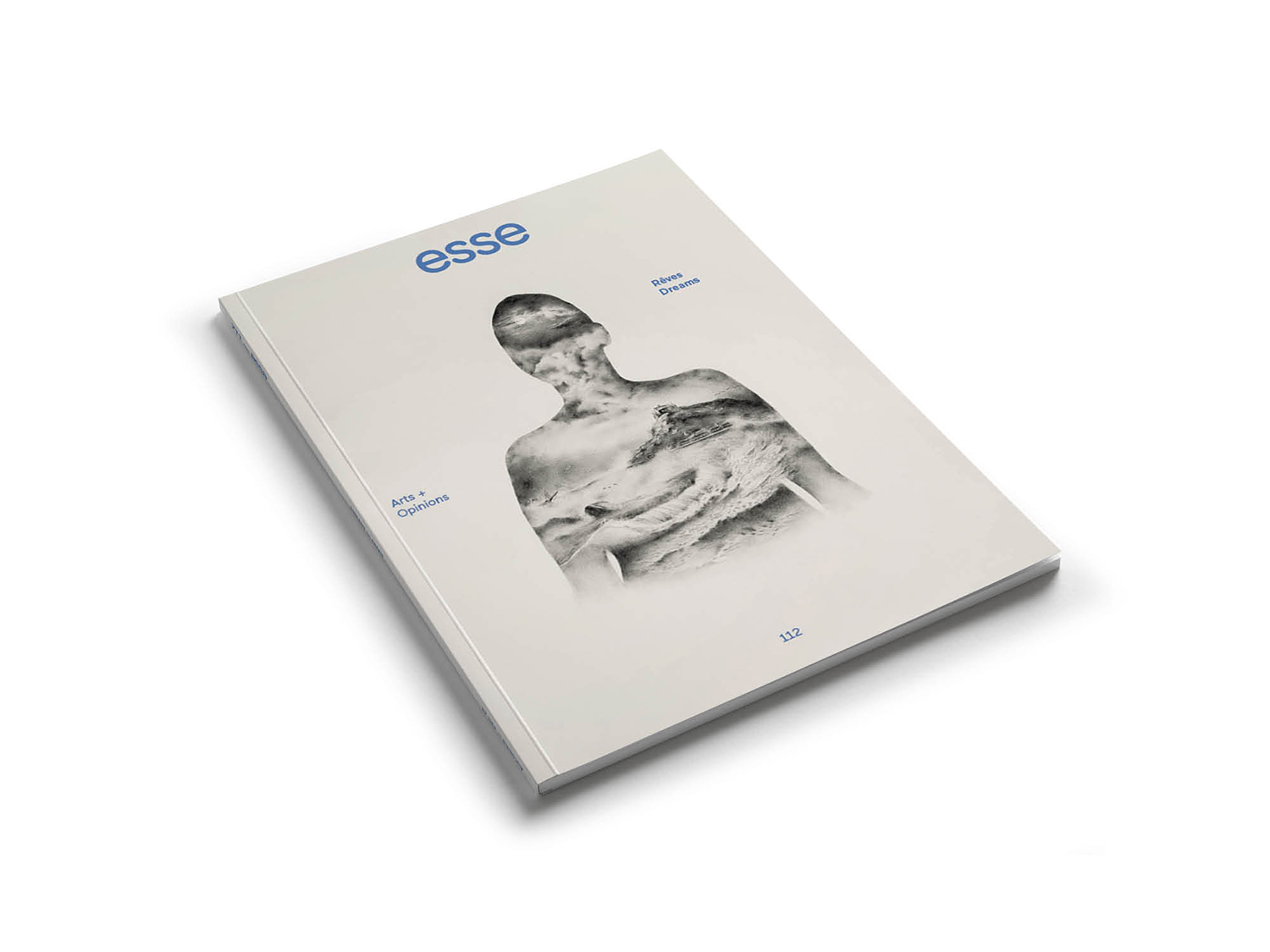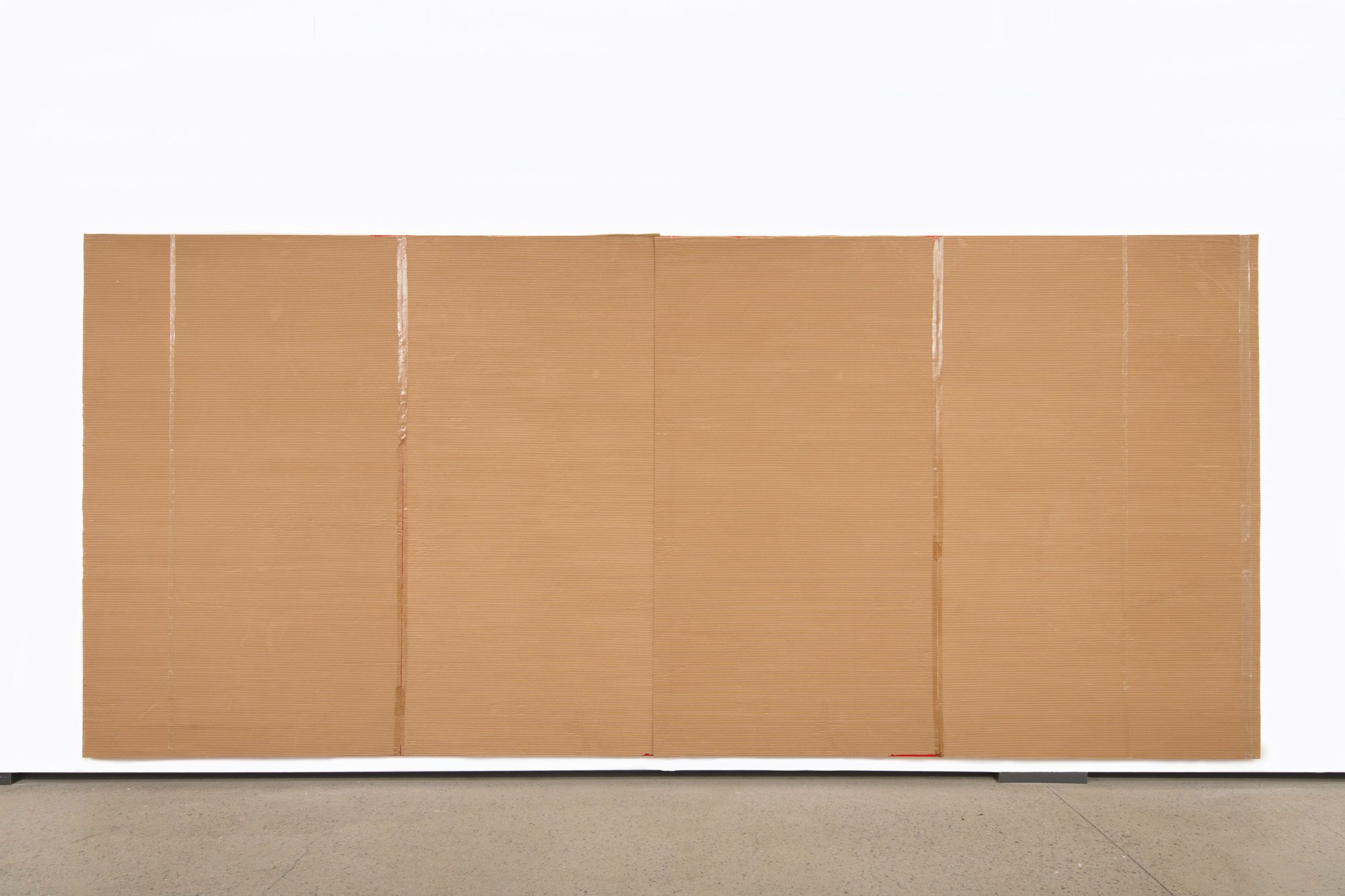
Photo: courtesy of the artist
The Opacity of Dreams
Working between film and installation, Serri and Alsharif performatively elucidate the work of displacement that marks diasporic experience. They move energy from one image to another, transferring affect to an elsewhere that resists figuration. Echoing Susan Sontag’s interrogations of the ethics of representing war, they question how to show Syria and Palestine without repeating the aestheticization of violence perpetuated by the media.2 2 - Susan Sontag, Regarding the Pain of Others (New York: Farrar, Straus and Giroux, 2003).




